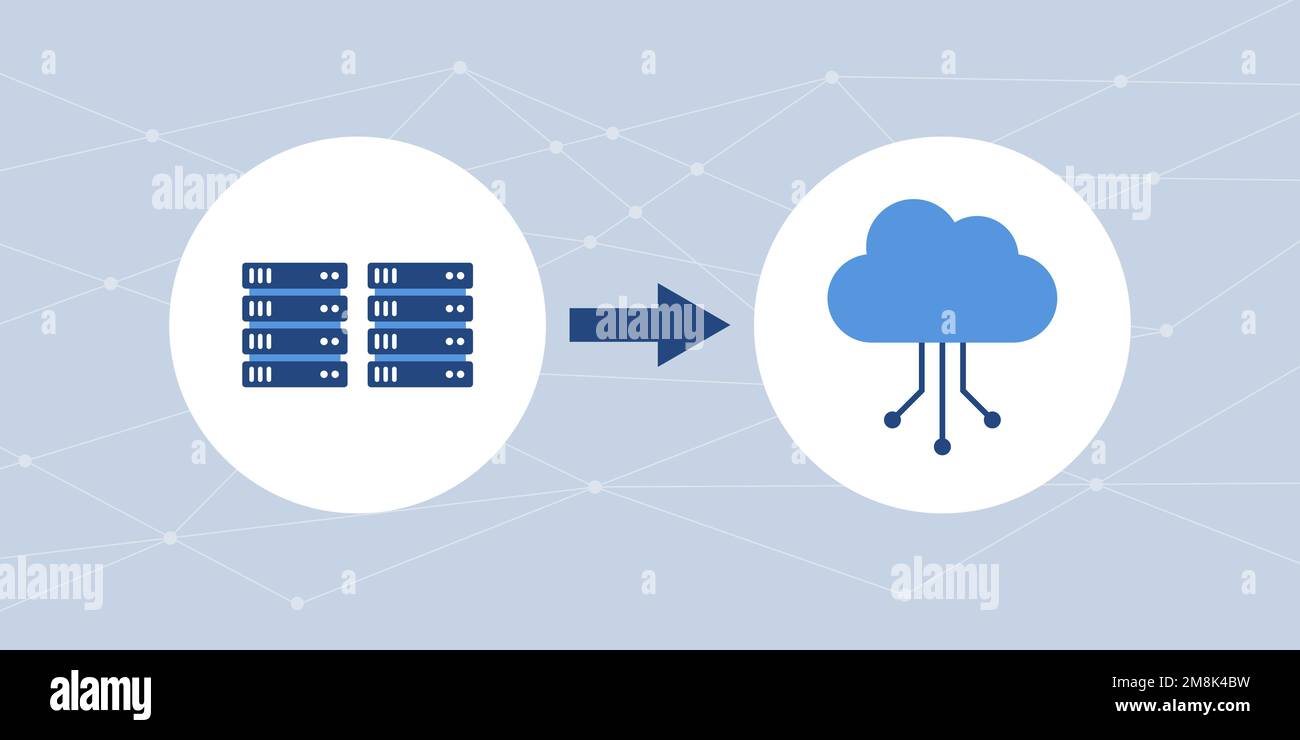Efficient Data Transfer: Optimizing Your Data Migration Strategy

Table of Contents
H2: Planning Your Data Migration: The Foundation for Efficient Data Transfer
A successful data migration begins with meticulous planning. This phase lays the groundwork for a smooth and efficient data transfer process.
H3: Assessing Your Current Data Landscape:
Before initiating any transfer, a thorough data audit is paramount. This involves identifying all data sources, determining data formats (e.g., CSV, JSON, SQL), and estimating the total data volume. Employing data profiling and analysis tools helps uncover data quality issues like inconsistencies, duplicates, and missing values, all of which can significantly impact the efficient data transfer process.
- Data volume estimation: Accurately assessing the size of your data is crucial for selecting appropriate tools and resources.
- Data source identification: Locate and document all relevant data sources, including databases, cloud storage, and legacy systems.
- Data format analysis: Understand the structure and format of your data to ensure compatibility with your target system.
- Data quality assessment: Identify and address data quality issues before migration to prevent errors and ensure data integrity.
H3: Defining Your Data Migration Goals and Objectives:
Clearly defining your goals and objectives is vital for successful data migration. These should be specific, measurable, achievable, relevant, and time-bound (SMART). For example, you might aim to reduce downtime during the transfer to less than 2 hours, improve data accessibility by 50%, or achieve a 99.9% data accuracy rate. These objectives should be aligned with your overall business goals.
- Defining KPIs: Key Performance Indicators (KPIs) provide measurable benchmarks to track progress and success.
- Setting realistic timelines: Develop a realistic project timeline that accounts for potential delays and unforeseen challenges.
- Determining budget constraints: Establish a budget that adequately covers all aspects of the migration process.
H3: Choosing the Right Data Migration Method:
Selecting the optimal data migration method depends on various factors, including data volume, downtime tolerance, and budget. Common methods include:
- Big Bang migration: A complete cutover to the new system in a single event. This approach minimizes downtime but carries a higher risk of failure.
- Phased migration: A gradual migration of data in stages, reducing risk but potentially extending the migration timeline.
- Online migration: Data is migrated while the source system remains operational, minimizing downtime.
- Offline migration: The source system is taken offline during the migration, minimizing disruptions but leading to downtime. The choice will depend on your specific requirements and risk tolerance.
H2: Optimizing the Data Transfer Process for Efficiency
Once the planning is complete, focusing on the optimization of the data transfer itself is critical for achieving efficient data transfer.
H3: Utilizing Efficient Data Transfer Tools and Technologies:
Leveraging the right tools is essential for streamlining the data transfer process. This includes ETL (Extract, Transform, Load) tools for data extraction and transformation, cloud-based migration platforms offering scalability and efficiency, and specialized data migration software designed for specific use cases. Automation and parallel processing can drastically improve speed and reduce manual effort. Consider data compression techniques to reduce transfer times and data encryption to protect sensitive information.
- ETL tools: These tools automate the data extraction, transformation, and loading processes.
- Cloud migration platforms: Cloud platforms provide scalable and reliable infrastructure for data transfer.
- Data compression techniques: Reduce data size to accelerate transfer speeds.
- Data encryption methods: Protect data during transfer with robust encryption protocols.
H3: Implementing Robust Data Validation and Quality Control Measures:
Data validation and quality control are critical throughout the migration process. Implement data cleansing techniques to remove duplicates and inconsistencies. Data transformation ensures data compatibility with the target system. Regular data quality monitoring and reporting provide insights into the data's integrity and accuracy.
- Data cleansing: Remove or correct errors and inconsistencies in the data.
- Data transformation: Convert data into a format compatible with the target system.
- Data validation: Verify the accuracy and completeness of the data after migration.
- Data quality reporting: Regular reporting provides insights into data quality and helps identify potential issues.
H3: Ensuring Data Security During Transfer:
Data security is paramount. Employ strong encryption methods, implement robust access control measures, and adhere to relevant data privacy regulations such as GDPR and CCPA. Regular security audits can help identify and address potential vulnerabilities.
- Data encryption: Protect data in transit and at rest using appropriate encryption techniques.
- Access control: Restrict access to sensitive data during the migration process.
- Compliance regulations: Adhere to all relevant data privacy and security regulations.
- Security audits: Regularly audit your security measures to identify and address potential vulnerabilities.
H2: Post-Migration Monitoring and Optimization for Continued Efficient Data Transfer
The work doesn't end with the completion of the data transfer. Ongoing monitoring and optimization ensure the continued efficiency and effectiveness of your data management.
H3: Performance Monitoring and Tuning:
Post-migration performance monitoring is critical. Identify and address any performance bottlenecks. Employ performance monitoring and analysis tools to track key metrics, such as response times and resource utilization.
- Performance testing: Conduct rigorous testing to identify and resolve performance issues.
- Bottleneck identification: Pinpoint areas where performance can be improved.
- Performance tuning: Optimize the system's performance to ensure efficient data access and processing.
H3: Ongoing Data Management and Maintenance:
Establish robust data management processes for ongoing data quality control and maintenance. This includes regular backups to protect against data loss, and a comprehensive disaster recovery plan to ensure business continuity.
- Data backups: Regular backups are essential to protect against data loss.
- Disaster recovery: Develop a plan to recover data and systems in case of a disaster.
- Data maintenance: Implement processes for ongoing data quality control and maintenance.
3. Conclusion:
Achieving efficient data transfer requires careful planning, the selection of appropriate tools and technologies, rigorous data validation, and ongoing monitoring. By implementing the strategies outlined in this article, you can significantly improve the efficiency and reliability of your data migration processes, minimizing downtime, maximizing data integrity, and ensuring business continuity. Optimize your data migration strategy for efficient data transfer today! Learn more about efficient data transfer solutions and ensure your business operates smoothly.

Featured Posts
-
 Xrp Ripple In 2024 A Potential Path To Financial Independence
May 08, 2025
Xrp Ripple In 2024 A Potential Path To Financial Independence
May 08, 2025 -
 Bitcoin Rally How Trade Talks Impact Cryptocurrency Prices
May 08, 2025
Bitcoin Rally How Trade Talks Impact Cryptocurrency Prices
May 08, 2025 -
 Jayson Tatum Colin Cowherds Consistent Critique And The Publics Reaction
May 08, 2025
Jayson Tatum Colin Cowherds Consistent Critique And The Publics Reaction
May 08, 2025 -
 Ethereum Price Strength Bulls In Control Upside Potential High
May 08, 2025
Ethereum Price Strength Bulls In Control Upside Potential High
May 08, 2025 -
 Thunder Grizzlies Showdown Preview And Prediction
May 08, 2025
Thunder Grizzlies Showdown Preview And Prediction
May 08, 2025
